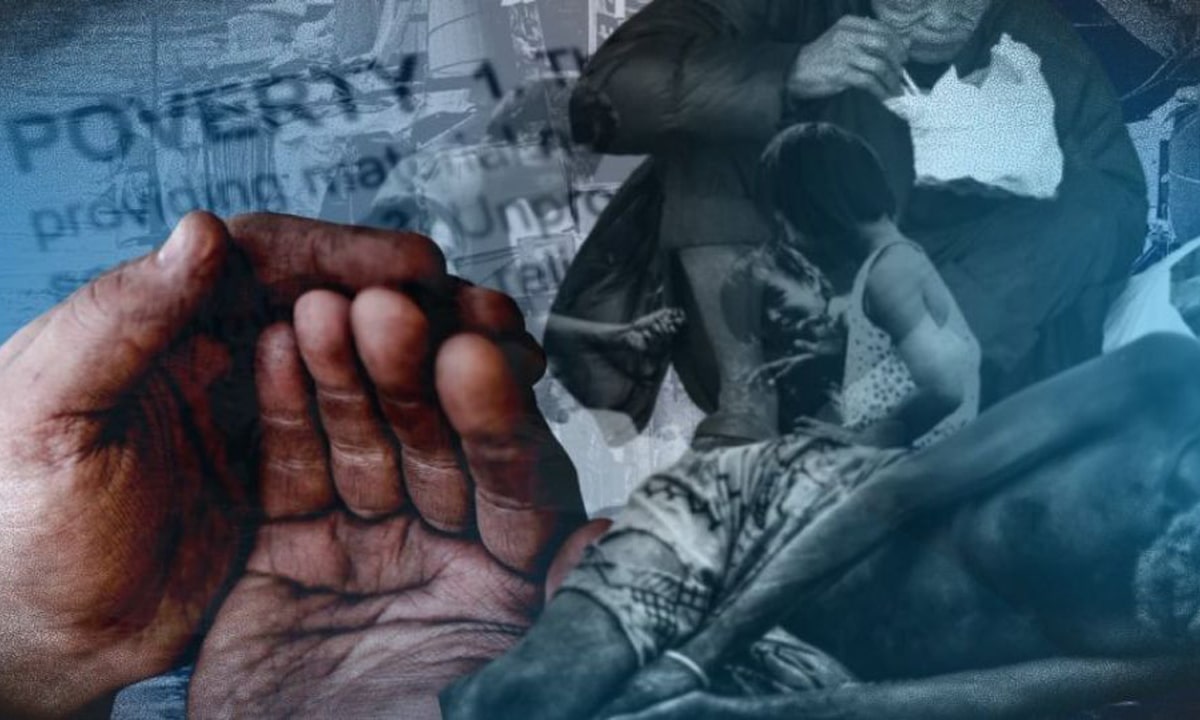Western Visayas sees drop in poverty, but some provinces are struggling
ILOILO CITY — Western Visayas has reported a significant drop in poverty incidence among families, with rates falling from 12.1% in 2021 to 9.8% in 2023.
In an Oct. 18 report, the Philippine Statistics Authority (PSA) said the figure placed the region slightly ahead of the national poverty rate, which stood at 10.9%.
“This means that 10 in every 100 families are considered poor or earn below what’s necessary to meet basic food and non-food needs,” said PSA officer-in-charge regional director Nelida Amolar.
Amolar made the statement during the regional presentation of the 2023 Full Year Poverty Statistics.
The region’s poverty rate of 9.8% represents approximately 119,000 families struggling to meet the poverty threshold, a notable improvement from the 140,000 families reported in 2021.
Article continues after this advertisementThe PSA report highlighted Western Visayas’ ranking as seventh in the country for the lowest poverty incidence.
Article continues after this advertisementWhile this overall decline is encouraging, not all areas within the region shared in the progress.
The province of Capiz saw its poverty rate rise from 6.1% in 2021 to 9.8% in 2023.
Negros Occidental also experienced a leap in poverty incidence from 19.3% to 25.7%, while Bacolod City saw an increase from 3.4% to 6.2%.
Despite the challenges in some areas, other provinces in the region have made strides in reducing poverty.
Aklan, with a poverty incidence of just 3.1%, led the way in lowering poverty rates, down from 13.9% in 2021.
Guimaras followed suit, dropping from 7.3% to 3.8%, and Antique saw its poverty rate decrease to 13.8% from 18.2%.
The improvement in Aklan was largely attributed to a boost in the tourism sector, particularly from Boracay Island, which saw an influx of visitors after the pandemic.
National Economic and Development Authority regional director Arecio Casing Jr. said tourism played a key role in Aklan’s reduction in poverty.
“Other provinces could benefit from following this model by tapping into their local tourism or service industries,” he said.
Iloilo City recorded a sharp drop in poverty, with rates falling to 2.3% from 3.3%, while the province of Iloilo experienced a similar decrease from 14.5% to 12.7%.
However, neighboring Negros Occidental continues to face significant challenges, holding the highest poverty rate in the region at 25.7%, signaling the need for stronger interventions.
On a population level, poverty incidence also saw a reduction with 13.7%, representing about 664,000 individuals now living below the poverty line, down from 820,000 in 2021.
The PSA calculated that a family of five in the region needs at least P13,801 per month to cover basic food and non-food needs.
Aklan had the lowest poverty threshold — the minimum income required to sustain a family’s basic needs —at P12,558, while Negros Occidental had the highest, requiring P14,892 per family.
Casing urged other provinces to replicate Aklan’s success by capitalizing on their unique local resources, particularly in tourism.
“We need to market the strengths of our provinces and encourage visitors not just to Boracay, but to other areas in the region,” he said.
